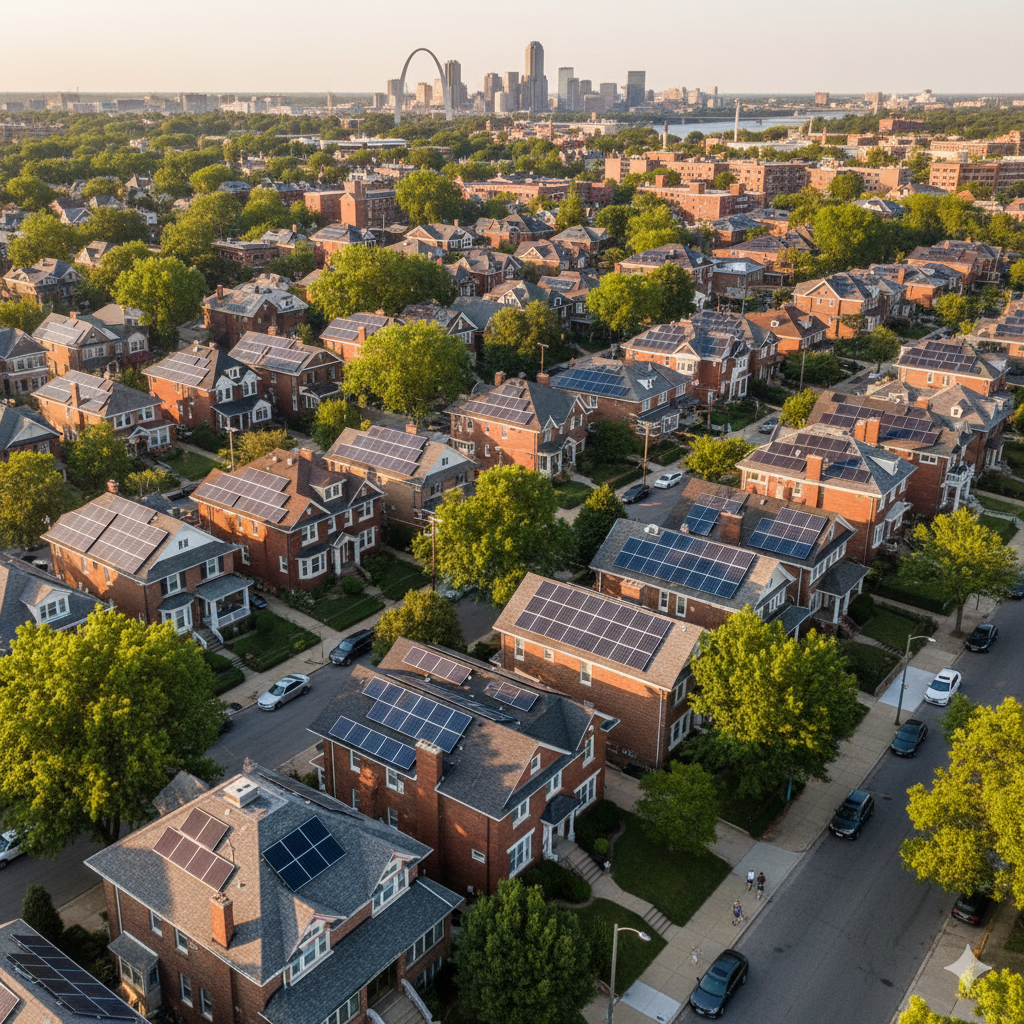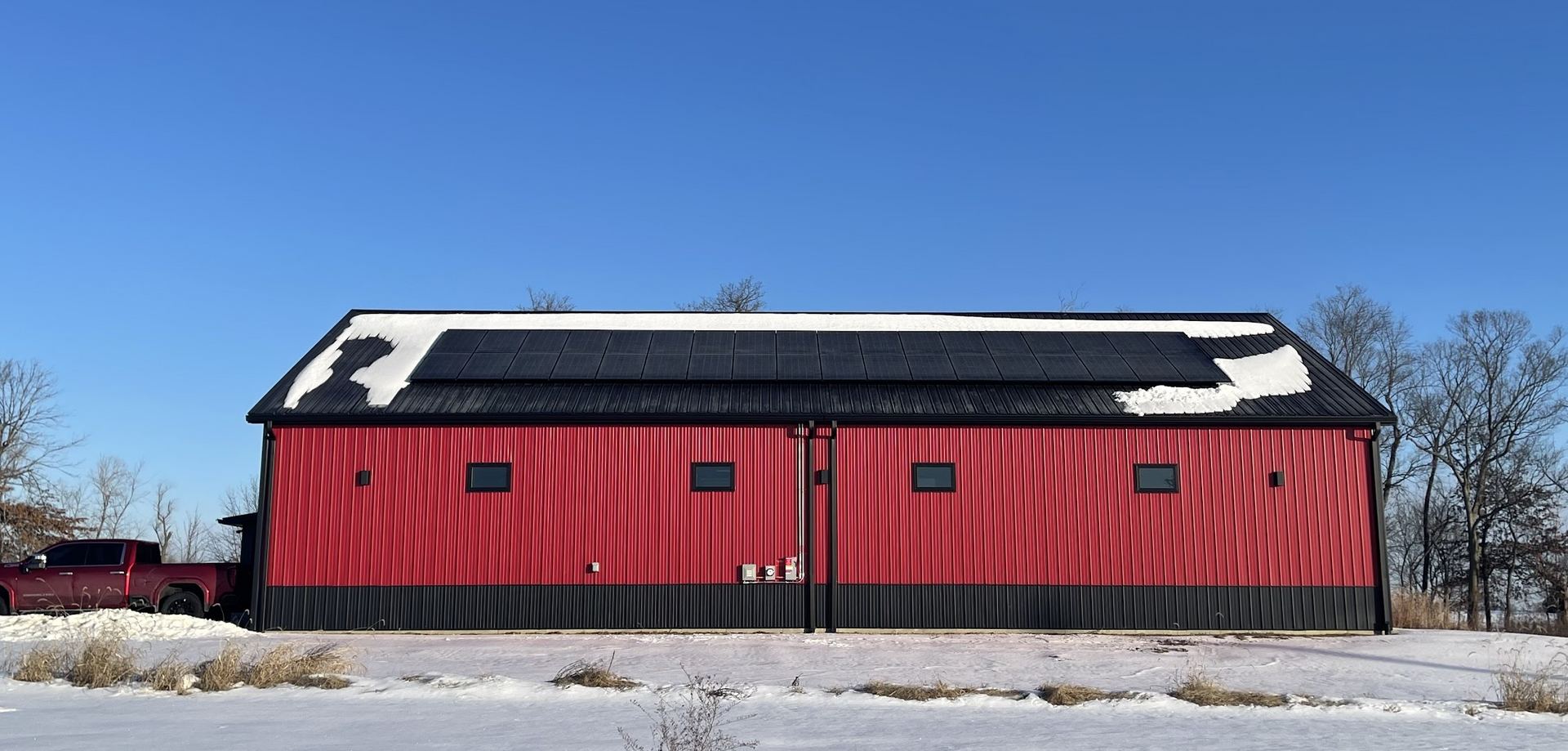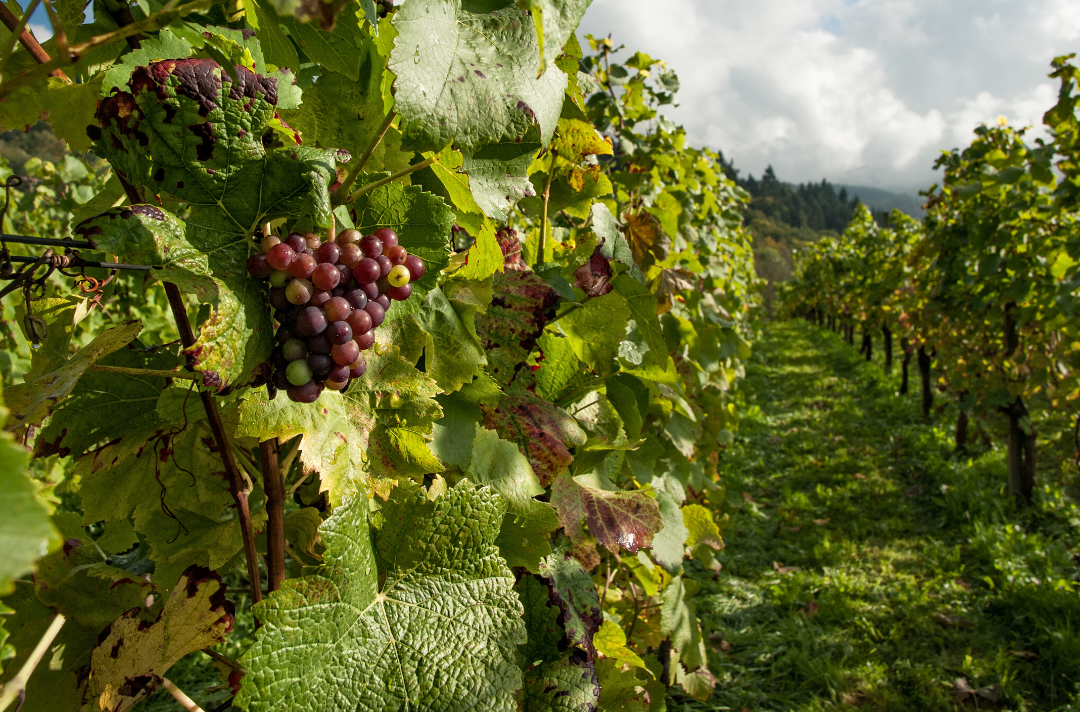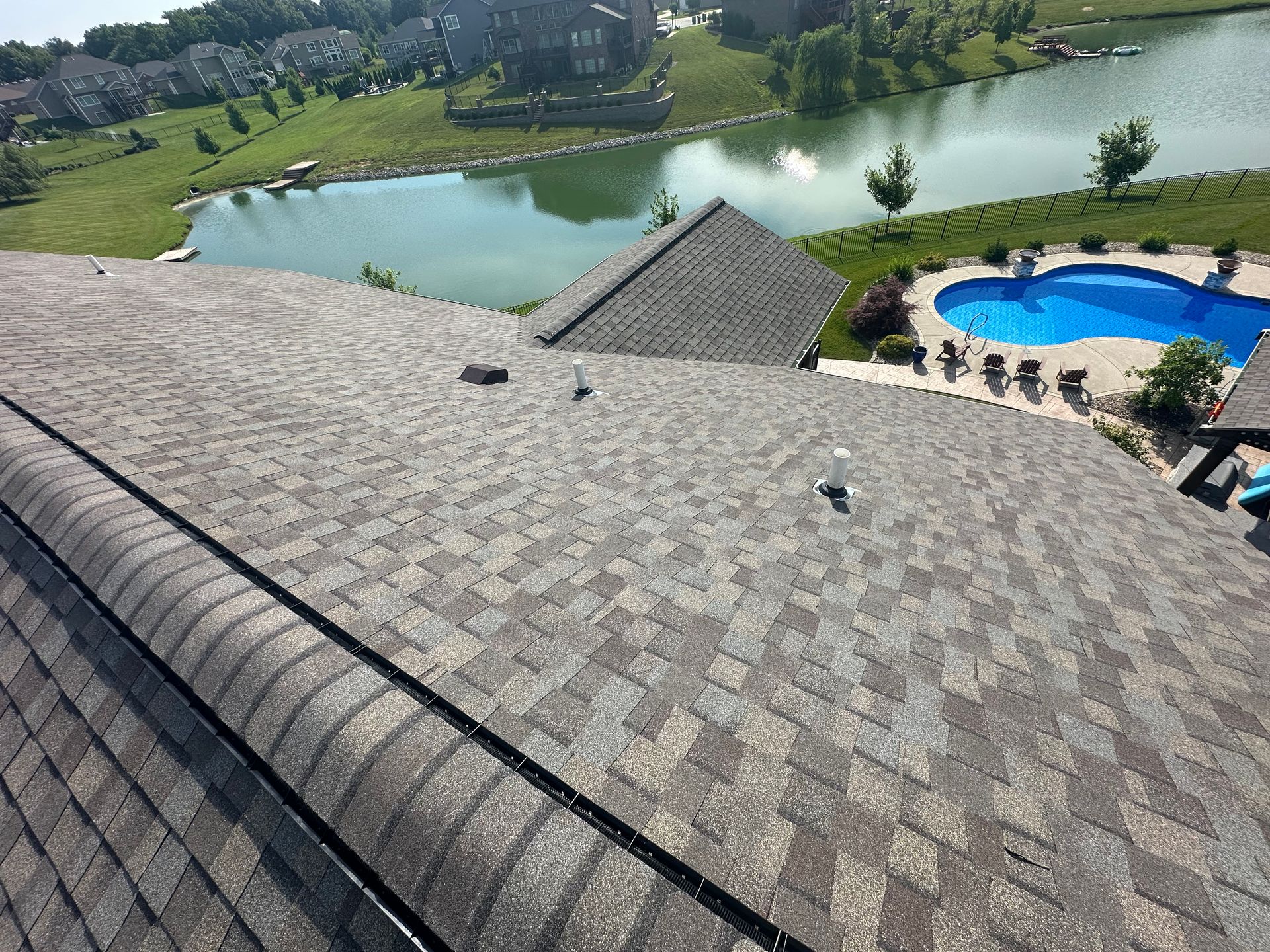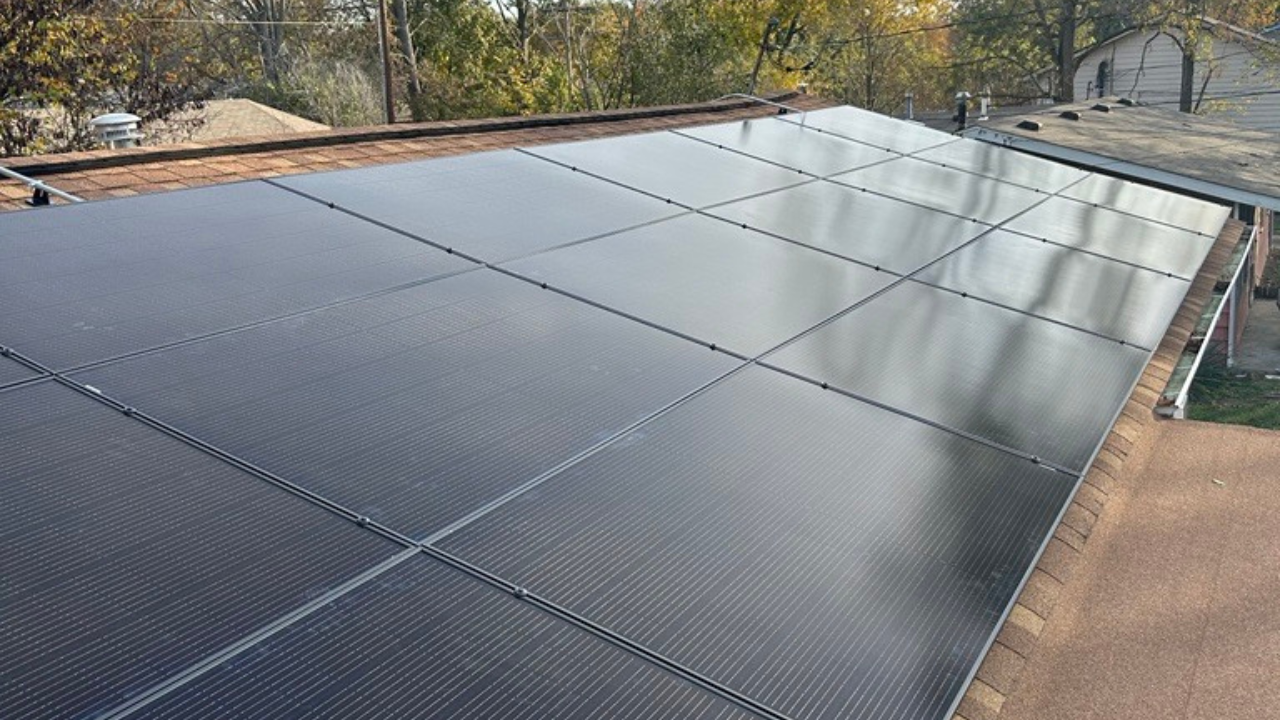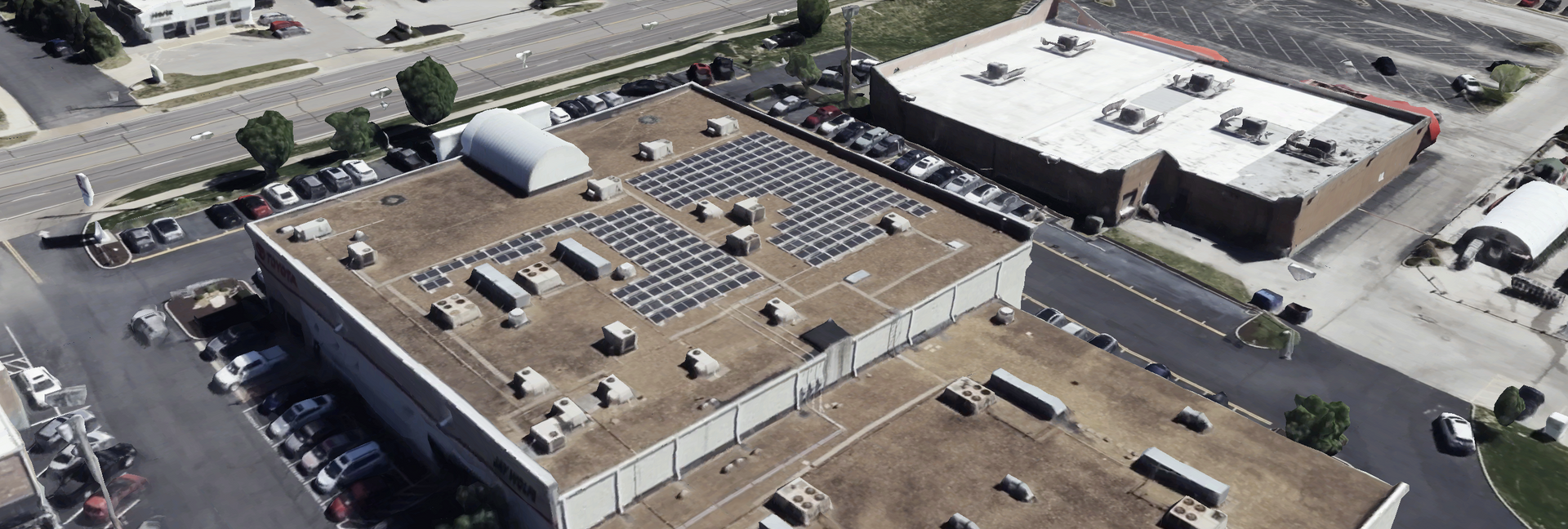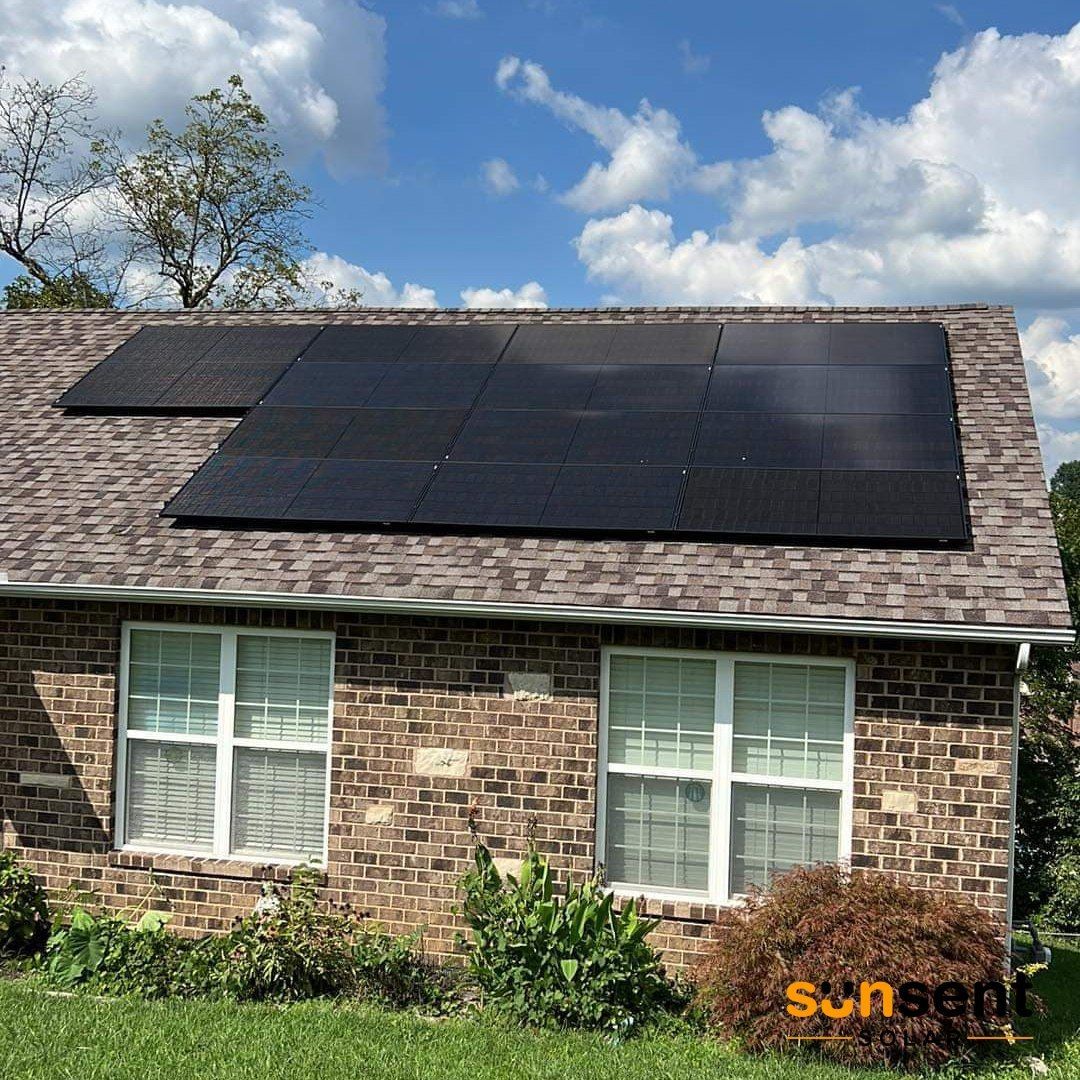Ask a Roofer: Your Midwest Roofing Questions Answered
Here in the Midwest, our homes brave everything from scorching summers to icy winters, often with severe storms thrown into the mix. Your roof is your home's first line of defense, and keeping it in top shape is crucial.
That's why at SunSent, we're excited to launch our "Ask a Roofer" series! We've gathered the most common questions we hear from homeowners across the Midwest, and our very own Mike, our Expert Roofing Consultant, is here to provide the answers you need.
Mike has seen it all, from minor leaks to post-hail disaster zones, and his insights are invaluable. Let's dive in!
Question 1: "How often should I really have my roof inspected in the Midwest, especially with our crazy weather?"
Mike Answers: "That's a fantastic question, and arguably the most important one. In the Midwest, due to our diverse and often extreme weather patterns – think strong winds, hail, heavy snow, and fluctuating temperatures – I recommend a professional roof inspection at least once a year. The best times are typically in the spring after winter thaws, and again in the fall before the cold weather sets in.
However, if your area experiences a significant weather event like a major hailstorm, severe windstorm, or even an ice storm with heavy ice dams, you should absolutely schedule an inspection immediately, regardless of your last one. Even if you don't see obvious damage, hidden issues can compromise your roof's integrity over time."
Question 2: "I think I have a leak, but I can't find it. What are the common culprits for roof leaks in our region?"
Mike Answers: "Leaks are frustrating, and they can be tricky! Often, the water shows up far from where the actual problem is. In the Midwest, common leak culprits usually involve:
- Flashing Issues: This is probably number one. Flashing around chimneys, skylights, vents, and wall intersections is crucial. If it's old, bent, cracked, or improperly installed, it's an open invitation for water.
- Damaged or Missing Shingles: Wind can lift or tear off shingles, leaving the underlayment exposed. Hail can cause granule loss, which isn't immediately visible but eventually compromises the shingle.
- Cracked or Damaged Vent Boots: The rubber seals around plumbing vents can degrade and crack over time, creating a direct path for water.
- Ice Dams: In winter, poor attic ventilation combined with heat loss can lead to ice dams forming at the eaves. These prevent melting snow from draining, forcing water back up under shingles and into your home.
- Clogged Gutters: Believe it or not, overflowing gutters can cause water to pool and seep under your roofline, especially in heavy rains.
If you suspect a leak, don't wait. Even a small leak can lead to significant damage like mold, rotting wood, and compromised insulation."
Question 3: "My neighbors just got a new roof after a hail storm. How do I know if my roof has hail damage, even if it looks okay from the ground?"
Mike Answers: "This is a big one in the Midwest, and it's a common misconception that hail damage is always obvious. Often, it's not! From the ground, you might not see the subtle but serious impacts. Here’s what we look for:
- Granule Loss: Hail impacts can dislodge the protective granules on asphalt shingles, exposing the asphalt layer underneath. Over time, this leads to accelerated aging and shingle breakdown. You might see collections of granules in your gutters.
- Bruising or Dents: While not always a visible hole, hail can cause impact marks that weaken the shingle mat. These 'bruises' compromise the shingle's ability to shed water effectively.
- Cracked Shingles: Larger hail can cause cracks, especially on older or less flexible shingles.
- Damage to Other Exteriors: Check your gutters, downspouts, siding, window screens, and even your air conditioner fins. If these show dents or dings, it's a strong indicator that your roof likely took a hit too.
The best way to know for sure is to get a professional hail inspection. We have the training and safety equipment to get on your roof and properly assess the damage, often identifying issues that are invisible from the ground."
Question 4: "My roof is old, but it's not leaking (yet!). When is the right time to consider a full roof replacement instead of just repairs?"
Mike Answers: "This is where experience really comes into play. While repairs can extend the life of a roof, there comes a point where a full replacement is the more economical and wise decision. Here are key indicators for replacement:
- Age: Most asphalt shingle roofs are designed to last 20-25 years. If your roof is approaching or exceeding that age, even without active leaks, its protective qualities are likely diminishing.
- Widespread Granule Loss: If large areas of your shingles have lost granules, especially on south-facing slopes, the roof is losing its ability to protect from UV rays and water.
- Curling, Cupping, or Clawing Shingles: These are signs that shingles are deteriorating, drying out, and losing their flexibility.
- Visible Sagging: A sagging roof deck is a serious structural issue and definitely warrants immediate professional assessment.
- Frequent Repairs: If you're constantly patching leaks or replacing individual shingles, the cost of ongoing repairs will quickly outweigh the investment in a new, long-lasting roof.
- Storm Damage (Severe): If multiple areas of your roof have sustained significant storm damage, replacing the entire roof often makes more sense for uniform protection and warranty purposes.
A new roof is a significant investment, but it provides peace of mind, enhances curb appeal, and protects your most valuable asset. We can help you assess your roof's condition and provide an honest recommendation."
Question 5: "What's the best type of roofing material for homes in the Midwest, considering our climate?"
Mike Answers: "For the vast majority of homes in the Midwest, asphalt shingles remain the most popular and practical choice. They offer an excellent balance of affordability, durability, and a wide range of styles and colors. Modern asphalt shingles are designed to be much more resistant to wind, impact (hail), and UV degradation than older versions.
However, other options are gaining popularity and may be suitable depending on your budget and desired lifespan:
- Metal Roofing: Increasingly popular for its incredible durability, longevity (50+ years), and resistance to fire, hail, and high winds. While the upfront cost is higher, its lifespan and low maintenance often make it a wise long-term investment. They're also great for shedding snow!
- Synthetic/Composite Shingles: These are made from recycled materials and engineered polymers, offering a high-performance, often eco-friendly option that can mimic the look of slate or wood shakes without the maintenance drawbacks. They're very durable and resistant to impact.
Ultimately, the 'best' material depends on your specific needs, budget, and the style of your home. We're happy to discuss all the options and help you make the right choice for your Midwest home."
Got More Roofing Questions for Mike?
We hope this "Ask a Roofer" session has been helpful! Your roof works hard to protect your home every single day, and staying informed is key to its longevity.
Do you have a roofing question that Mike didn't answer? Or perhaps you're ready to schedule that crucial roof inspection? Don't hesitate to reach out to the experts at SunSent. We're proud to be your trusted partner for all things roofing and solar here in the Midwest!
Call Sunsent Solar today for a free roof inspection and consultation!


